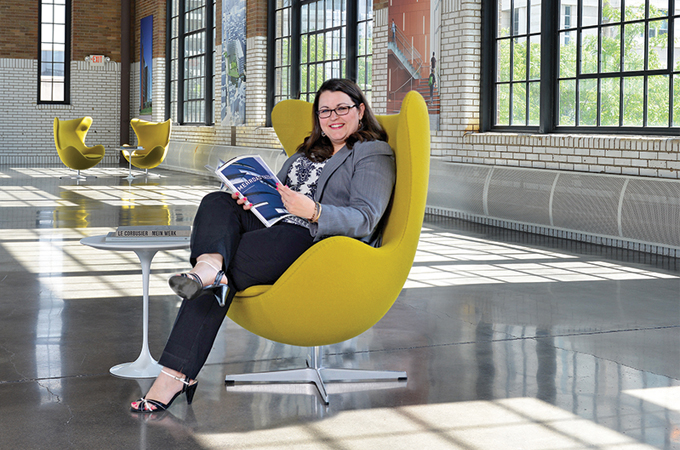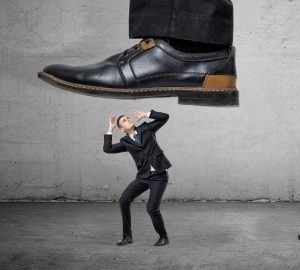Your workplace environment can have a big impact on your day—overly chatty co-workers or a lack of natural light, for example, can make your productivity and happiness take a nosedive. Guiding companies in how to optimize their space to help employees excel is the specialty of Angie Earlywine, senior vice president for CannonDesign, just named engineering publication ENR’s 2014 Midwest Design Firm of the Year.
T&S | Why is having a well-designed workplace important?
Angie Earlywine | We always say it’s not about the space, it’s about the people. If you’re trying to attract a younger demographic, you need to be in tune with what that demographic is interested in. You also need to understand the nature of the business. If it’s a lot of analytical, focused work, for example, it doesn’t make sense to provide collaborative environments. So we do a lot of workplace diagnostics up front to determine the nature of work and how the place can support the process. And when the place supports the process, good things happen.
T&S | How does the design process work?
AE | We do workplace profiling, where we identify the various profiles within a business. These include the anchored analytical profile, the transient whose work is split between meetings and analytical work, and the third category: typically someone who is highly mobile and often out of the office. Once we figure out the split of these profiles, we can make sure the proportion of collaborative versus quiet spaces fits a business’ needs. We also spend time doing workplace anthropology, where we observe what people have done to change their work environments. They might have a special lamp because the lighting is insufficient. Or they might put phone books under their laptop because they want to stand. You learn a lot when you look at what employees are doing to improve the space.
T&S | What do companies hope to achieve when they redesign their space?
AE | Productivity is one of the metrics we see go up in nearly every project. For example, when there’s a more open environment, employees feel like they have greater access to their colleagues. Instead of waiting for meetings, they can quickly talk and get an immediate answer, or a manager might overhear something and can quickly chime in. You also need spaces where people can retreat—we call them focus booths.
T&S | What are some ways companies can encourage well-being?
AE | That’s a super-hot topic right now, because there’s so much research that says we’re sitting all day, and sitting is literally killing us. So companies are coming up with ways to support mobility. Some install treadmill desks that allow employees to add steps to their day while working. We’re also seeing corporations changing carpet patterns around the office perimeter, so employees know if they walk that path, they’ve gone a certain distance. We’re seeing clients opening up stairwells, making them more naturally lit, and even using aromatherapy to encourage employees to use the stairs versus the elevator. And instead of just having coffee available, companies are offering fruit and yogurt, because they know in the afternoon, when employees need a pick-me-up, if they have a healthy snack they will be more successful the rest of the day.
Photo: Bill Barrett








